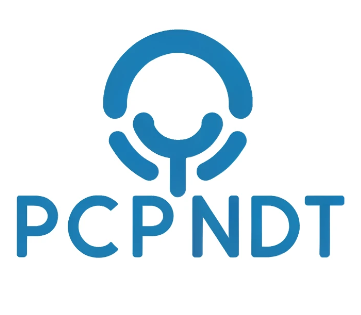Active investing involves selecting and trading individual securities to outperform the market, while index funds passively track market indexes for steady, lower-cost returns. Choose based on your risk tolerance, expertise, and investment goals.
Investing is a crucial aspect of financial planning, and there are two primary approaches: active investing and index funds. Each strategy has its pros and cons, making it crucial to understand their differences before deciding which one aligns with your financial goals. The choice depends on factors such as risk tolerance, time horizon, and investment goals.

Active Investing
Active investing refers to an investment strategy that involves ongoing buying and selling activity by the investor. Unlike passive investors, who invest in a stock with a long-term appreciation perspective, active investors frequently monitor their stocks, aiming for short-term profits. These investors analyze price movements multiple times a day, seeking opportunities to capitalize on market fluctuations. Active investing offers several benefits, including risk management (adjusting portfolios based on market conditions), short-term trading opportunities, and customized solutions for clients’ specific needs. However, it can be costly due to transaction fees, and active funds often set minimum investment thresholds.
Pros:
- Potentially higher returns: Active managers aim to exploit market inefficiencies to generate returns exceeding the market benchmark.
- Customization: You have more control over your portfolio’s composition, aligning it with your investment preferences and risk tolerance.
Cons:
- Higher fees: Actively managed funds typically charge higher fees to cover the costs of research and management.
- Skill and Time Commitment: Active investing requires in-depth research and analysis to identify winning investments. This can be time-consuming and demands a certain level of expertise.
- Performance Uncertainty: Outperforming the market consistently is a challenging feat. Actively managed funds often underperform the market average.
Index Funds
An index fund is a portfolio of stocks or bonds designed to mimic the composition and performance of a financial market index. These funds follow a passive investing strategy, aiming to replicate the returns of a specific benchmark, such as the S&P 500. Unlike actively managed funds, index funds don’t rely on stock-picking expertise or market timing. Instead, they hold a representative sample of securities from the target index, keeping costs low. Popular in the U.S., S&P 500 index funds mirror the movements of the 500 largest U.S. companies, covering approximately 80% of all U.S. equities by market capitalization.
Pros:
- Lower fees: Index funds passively track the market, resulting in significantly lower fees compared to actively managed funds.
- Diversification: By definition, index funds offer inherent diversification, as they hold a basket of securities within the chosen index.
- Long-term Performance: Historically, index funds have delivered competitive returns over the long term.
Cons:
- Capped returns: Index funds are designed to match the market performance, so they won’t outperform the market significantly.
- Limited Control: You have less control over the specific holdings within your portfolio.
Choosing Your Strategy
The choice between active investing and index funds hinges on your financial goals, risk tolerance, and investment knowledge.
- Active Investing: If you have the time, knowledge, and willingness to take on more risk, active investing might be a consideration. However, in-depth research and a solid understanding of the markets are crucial for success.
- Index Funds: For most investors, particularly those seeking a long-term, hands-off approach, index funds offer a compelling option. They provide broad diversification, lower fees, and historically competitive returns.
Conclusion
Both active investing or index funds have their pros and cons. Active investing offers the potential for higher returns but comes with higher fees and risk. Index funds provide a low-cost and convenient way to invest in a broad market but may have limited upside potential. The best approach for individual investors depends on their specific circumstances and financial goals.
